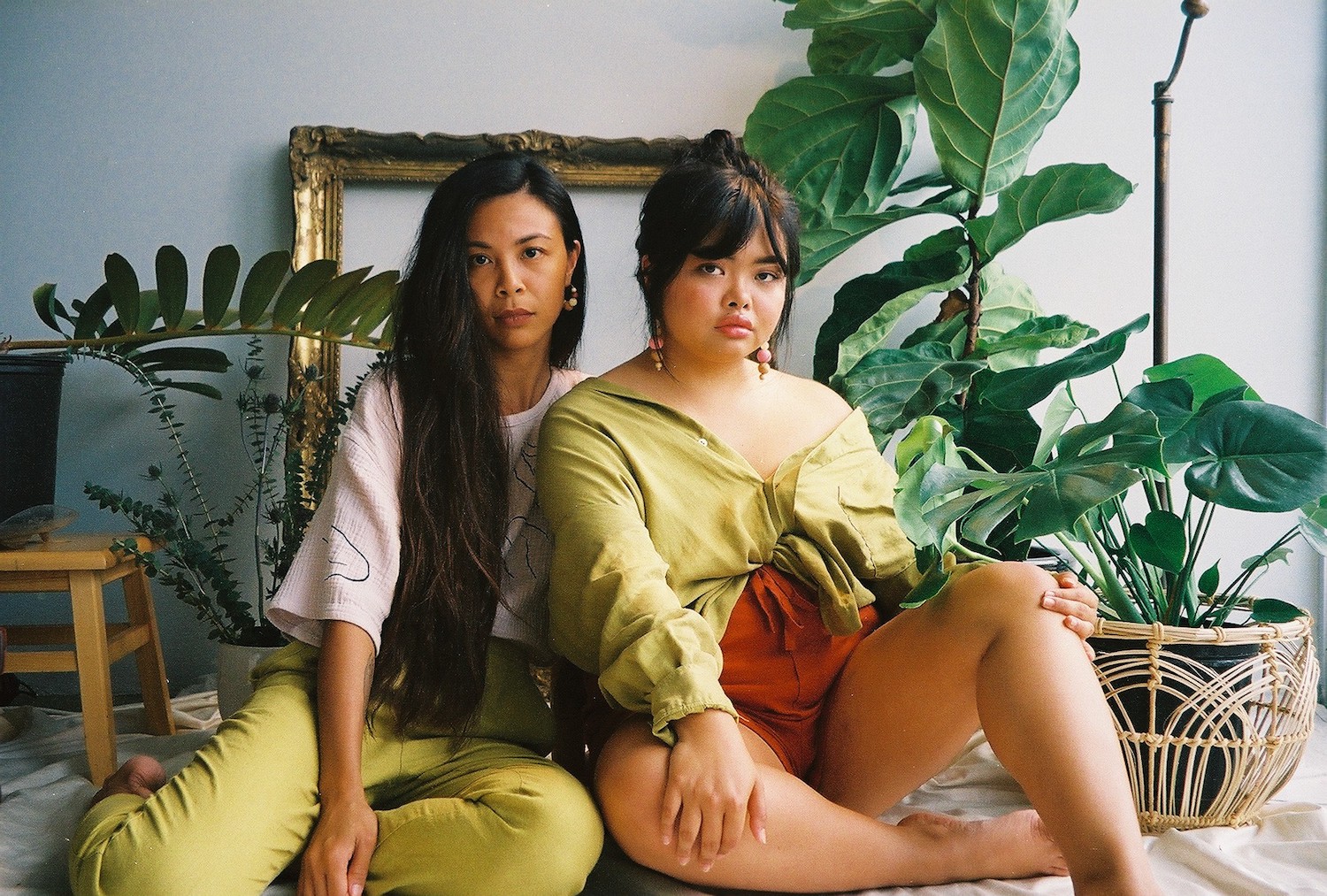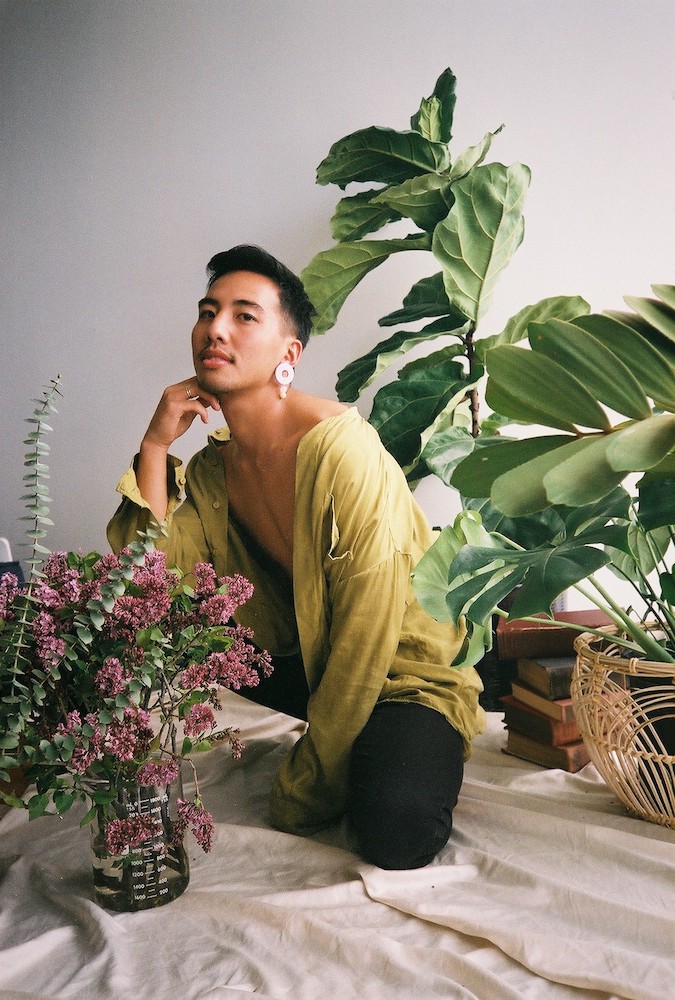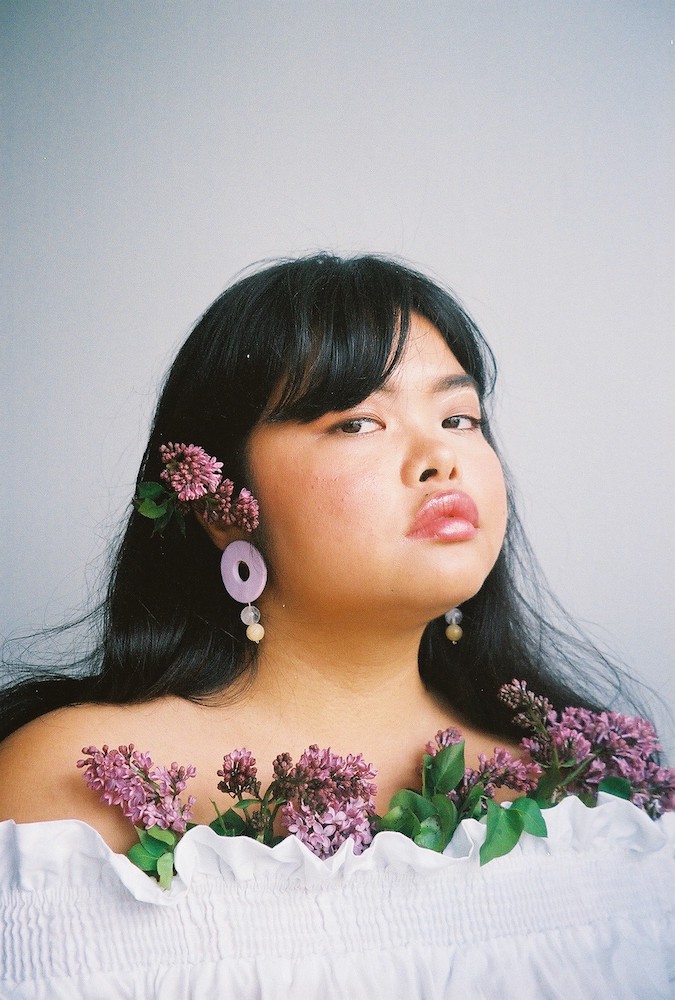Artfully crafted and implicitly political, Maganda by jewelry designer Bayebette Lacar aims to inspire beauty, pride, and self-worth.
Text by Eunica Escalante
Images by Aja Toscano and Skye Yonamine
In my native tongue of Tagalog, the main language of the Filipino people, to be maganda means to be beautiful. Yet the compliment often extends to features that do not quite resemble mine. Through centuries of colonization, first by the Spaniards then by Americans, the definition of ganda, or beauty, in the Philippines was warped, becoming dominated by Eurocentric aesthetics: porcelain-white skin, high-bridged noses, and thin, angular faces—features that are a far cry from those of my indigenous ancestors.
I grew up striving for this version of beauty. I recall aunties in the Philippines advising me when I was as young as 6 years old to pinch my nose bridge with a clothespin so that, magically, the bones could grow into a slimmer, Caucasian-looking nose. To this day, my mother hoards stacks of skin-whitening soap, shipped from the Philippines, in her bathroom cupboard.
But identity politics are shifting. Movements by people of color and the LGBTQ+ community are challenging who and what is considered beautiful. For Bayebette Lacar, embracing her Filipino heritage is a pillar of her Hawai‘i-based jewelry line, Maganda. The designer realized from the start that the brand was “more than just selling accessories,” she said. “It’s about empowering my brown girls and anyone else who might not fit into what society ‘traditionally’ considers beautiful.”
Maganda began as a happy accident for Bayebette. Stuck at home with a two-month-old daughter, she began experimenting with polymer clay, molding and baking the versatile material into customized jewelry pieces. She wore the earrings out, and they caught the eyes of friends who encouraged her to turn the hobby into a business.
“I honestly never planned for them to blow up like this,” she said. “It all came out so organically.” Since its launch in late 2017, Maganda has grown into a locally beloved brand known for its sweet, minimal style. The earrings now span a multitude of materials, from clay to wicker and beads. Her designs call back to Bayebette’s Filipino roots, their aesthetics inspired by jewelry worn by Filipino indigenous tribes.
“It’s about sharing my identity and heritage,” she said. “My Filipino culture is a part of who I am. And, in a way, my creations are an extension of my identity.”
Many of the people that Bayebette chooses to model her creations, including myself, are “her fellow brown girls,” she said, an effort to promote a brand image that is relatable for her and her demographic. Representation and visibility are important to Bayebette, and she understands the power that her jewelry has in promoting a more inclusive idea of beauty, one that is not constricted by Eurocentric ideals.
On Instagram, she shares images explaining facets of Filipino culture and of strong Filipinos who have inspired her. One striking post included a photo of Whang-od Oggay, a 102-year-old Filipina tattoo artist from the Kalingga tribe. In the photo, she faces the camera head-on, her body covered in tribal markings, still magnificent in her old age.
For Bayebette, the type of beauty Whang-od Oggay embodies is more than skin deep. It is a beauty of self-worth rather than self-scrutiny, a beauty that is confident in the power of one’s uniqueness. “No one is you,” reads an illustration by fellow Filipinx creative Roselle Julian that Bayebette shared on Maganda’s Instagram at @ma.ga.nda. “That is your power.”





